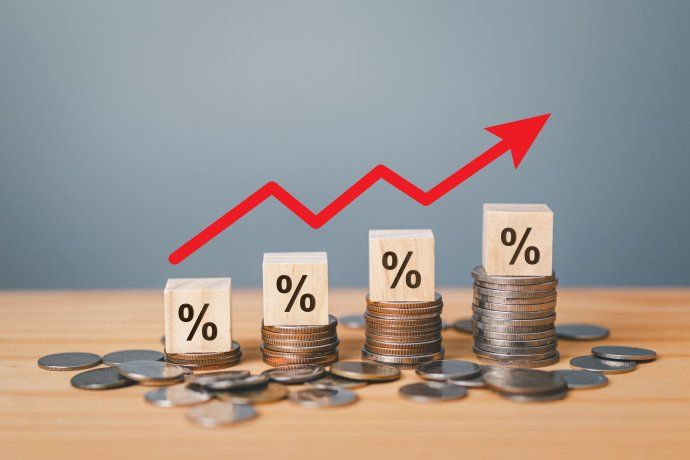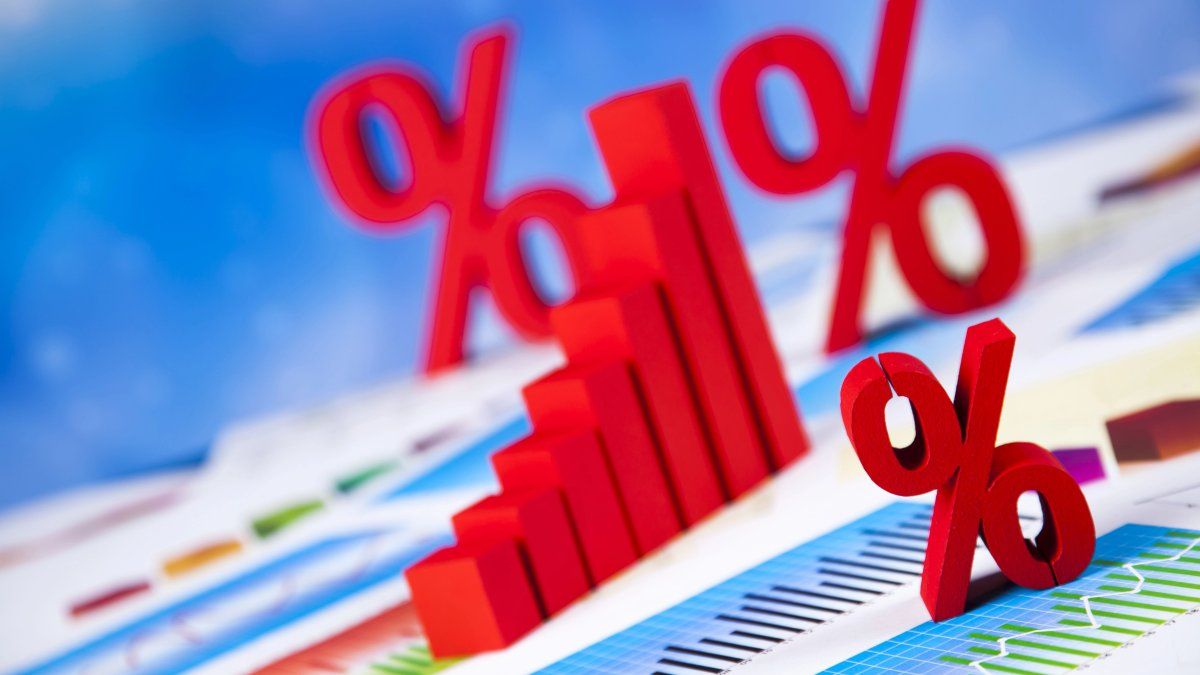Banking entities established new percentages for long -term deposits, offering varied yields for your savings invested.
The fixed deadlines They continue to be one of the preferred alternatives by Argentine savers, especially in a context of inflation and economic uncertainty. In October 2025, banks updated the interest rates of their deposits, offering new options for those who seek to protect their money or achieve a stable growth of capital.
The content you want to access is exclusive to subscribers.
In this sense, the price of the dollar and the movements in the financial market generate a scenario that forces the holders to Evaluate where to place your funds. While some opt for the US currency, others continue to prefer these tools traditional and grapes. Next, I met the detail of the current returns to take advantage of the benefits of each investment.


Fixed Term Investments

Depositphotos
Fixed term in banks: what are the rates in force
According to the website of the Central Bank of the Argentine Republic (BCRA)this is the Annual Nominal Rate (TNA) that offer the main entities in October 2025, considering traditional fixed term deposits:
- Argentine Nation Bank: 37.5%
- Santander Argentina SA Bank: 35%
- Banco de Galicia y Buenos Aires S: 35.25%
- Bank of the Province of Buenos Aires: 34%
- BBVA Argentina SA Bank: 35%
- Banco Macro S: 36.5%
- CREDICOOP BANK LIMITED COOPERATIVE: 37%
- Industrial and Commercial Bank of China (Argentina) Sau: 35.15%
- Bank of the City of Buenos Aires: 31%
These represent the one year profitability With a fixed -term deposit and allow calculating monthly gains by dividing the percentage between 12. In addition, if the interests are reinvested monthly, the Annual Effective Rate (TEA)which reflects real performance considering the capitalization of interests.
How does the fixed grape term work?
He fixed grape term It is an alternative designed to protect savings against inflation, since it adjusts its profitability according to the variation of the Consumer Price Index (CPI). This means that, in addition to the interest that the bank pays, the deposits increase its value following the evolution of prices, ensuring that the purchasing power of capital is maintained even at times of sustained up.
This tool requires a minimum period of permanence, usually 90 daysalthough some entities allow you to withdraw before paying a lower rate.
Source: Ambito




